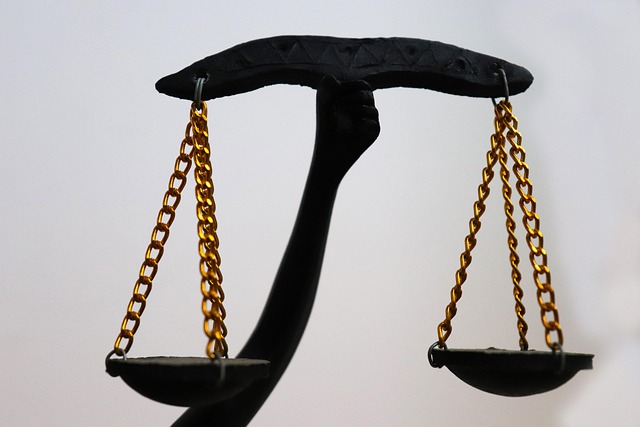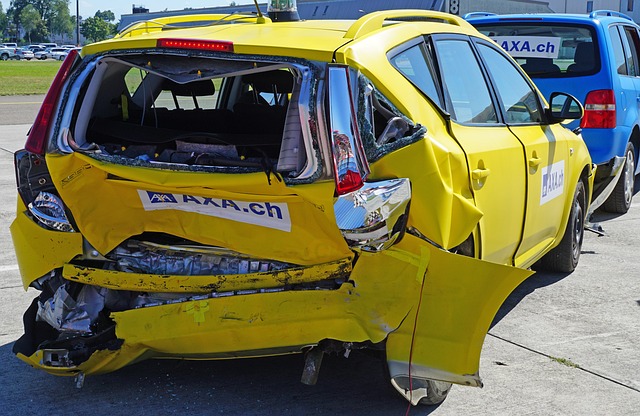Bike accidents can cause severe bone fractures in upper and lower limbs. Prompt medical attention is crucial for diagnosis and treatment. Recognize symptoms like intense pain, swelling, deformity, and numbness. Healing involves surgery, immobilization, rehabilitation, and physical therapy. While legal actions are an option, recovery should be the primary focus.
In a bike accident, certain bones are more vulnerable than others. Understanding which bones are at highest risk can help cyclists and medical professionals recognize potential injuries promptly. This article explores the common bones affected in bike crashes, symptoms of broken bones, and the healing and recovery process. By familiarizing yourself with these key aspects, you’ll be better equipped to navigate the challenges of a bike accident involving broken bones.
- Common Bones Affected in Bike Crashes
- Recognizing Symptoms of Broken Bones
- Healing and Recovery After Injury
Common Bones Affected in Bike Crashes

In a bike accident, several bones are particularly vulnerable to severe impact and potential breakage due to the force involved. The human body has complex skeletal structures, and certain bones bear the brunt of the trauma during collisions. The upper extremities, including the arms, shoulders, and wrists, are commonly affected due to the instinctive reaction to protect oneself during a crash. These areas often sustain fractures, dislocations, or sprains when a rider tries to break their fall or is thrown from the bike.
Additionally, the lower limb bones, such as the femur (thigh bone), tibia (shin bone), and fibula (outer leg bone), are at high risk in bike accidents. The force of impact can cause severe fractures, especially when a rider collides with solid objects or is involved in head-on collisions. It’s important to note that seeking medical attention promptly after a bike accident is crucial for proper diagnosis and treatment of potential broken bones. For individuals who experience severe injuries, consulting with a car accident lawyer Miami might be relevant if the crash was due to another party’s negligence. An accident claim or wrongful death settlement could provide necessary compensation for medical expenses and other related costs.
Recognizing Symptoms of Broken Bones

Recognizing symptoms of broken bones after a bike accident is crucial for immediate medical attention and proper recovery. Signs may include intense pain, swelling, deformity in the affected area, and an inability to put weight on the bone or joint. Fractures can range from simple hairline cracks to complex breaks that require surgical intervention. In severe cases, individuals might experience numbness or tingling sensations radiating from the injury site, indicating potential nerve damage.
Elder abuse and wrongful death settlements often involve claims related to bike accidents where broken bones are involved. Medical malpractice settlements may also arise if there was a delay in diagnosing or treating these fractures due to negligence. Prompt recognition of these symptoms can help prevent further complications and ensure victims receive the necessary care, potentially leading to better outcomes and a fairer compensation in legal cases.
Healing and Recovery After Injury

Healing from a bike accident involving broken bones can be a challenging and lengthy process. The severity of the fracture and an individual’s overall health significantly impact recovery time. In many cases, patients require surgery to set and stabilize the damaged bones, followed by a period of immobilization and rehabilitation exercises. This phase involves physical therapy to restore strength, mobility, and flexibility in the affected areas.
Proper care and adherence to medical advice are crucial for successful healing. Adequate rest, along with specific exercises recommended by healthcare professionals, can aid in bone regeneration and prevent further complications. It’s important to remember that each fracture is unique, and recovery timelines vary. Seeking personal injury compensation or initiating a wrongful death claim (in severe cases) should not distract from the primary focus of healing; however, it is an aspect to consider if the accident was not your fault.
In any bike accident, understanding which bones are most vulnerable and recognizing the symptoms of breaks is crucial for prompt and effective healing. The femur, tibia, radius, and ulna are among the most commonly affected, given their exposure during impact. Immediate medical attention is essential to ensure proper healing and minimize long-term complications. By being aware of potential injuries and seeking timely care, cyclists can navigate recovery more smoothly after a bike accident involving broken bones.






